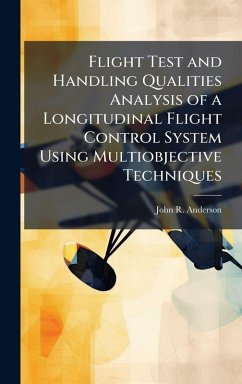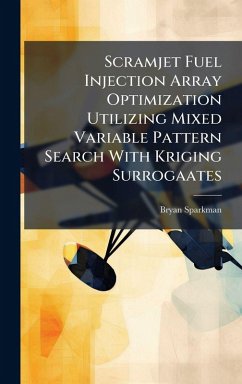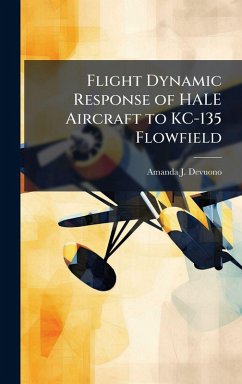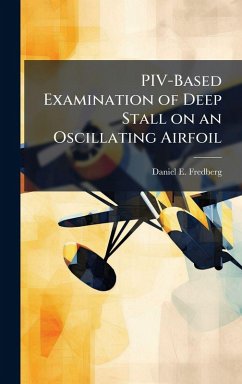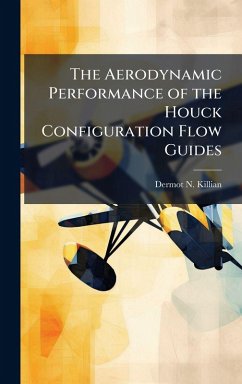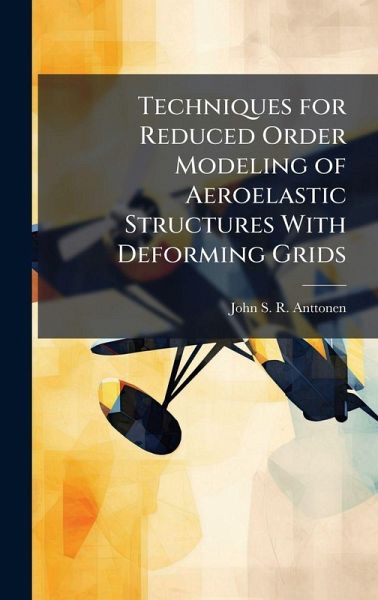
Techniques for Reduced Order Modeling of Aeroelastic Structures With Deforming Grids
Versandkostenfrei!
Versandfertig in über 4 Wochen
29,99 €
inkl. MwSt.
Weitere Ausgaben:

PAYBACK Punkte
15 °P sammeln!
Reduced order modeling (ROM) seeks to make the modeling of aeroelastic behavior practical by reducing computation time for design codes. Deforming grids are often used in aeroelastic problems to account for the deformation of the structure. Proper Orthogonal Decomposition (POD/ROM) is a ROM technique that operates in an index-space for computations, not accounting for changes in grid dynamics, and must be modified to reflect grid deformation properly. As a POD/ROM is developed, fluid dynamics modes are created based on the index relationship between grid points. The modes are then used to recr...
Reduced order modeling (ROM) seeks to make the modeling of aeroelastic behavior practical by reducing computation time for design codes. Deforming grids are often used in aeroelastic problems to account for the deformation of the structure. Proper Orthogonal Decomposition (POD/ROM) is a ROM technique that operates in an index-space for computations, not accounting for changes in grid dynamics, and must be modified to reflect grid deformation properly. As a POD/ROM is developed, fluid dynamics modes are created based on the index relationship between grid points. The modes are then used to recreate the full-order solution. When the relationship between the grid point locations and the index space changes, the created modes are no longer valid because the new grid dynamics are not captured accurately. To investigate and account for the effects of grid deformation on POD/ROM, a new algorithm is developed that incorporates modifications to the usual formulation. This work has been selected by scholars as being culturally important, and is part of the knowledge base of civilization as we know it. This work was reproduced from the original artifact, and remains as true to the original work as possible. Therefore, you will see the original copyright references, library stamps (as most of these works have been housed in our most important libraries around the world), and other notations in the work. This work is in the public domain in the United States of America, and possibly other nations. Within the United States, you may freely copy and distribute this work, as no entity (individual or corporate) has a copyright on the body of the work. As a reproduction of a historical artifact, this work may contain missing or blurred pages, poor pictures, errant marks, etc. Scholars believe, and we concur, that this work is important enough to be preserved, reproduced, and made generally available to the public. We appreciate your support of the preservation process, and thank you for being an important part of keeping this knowledge alive and relevant.




